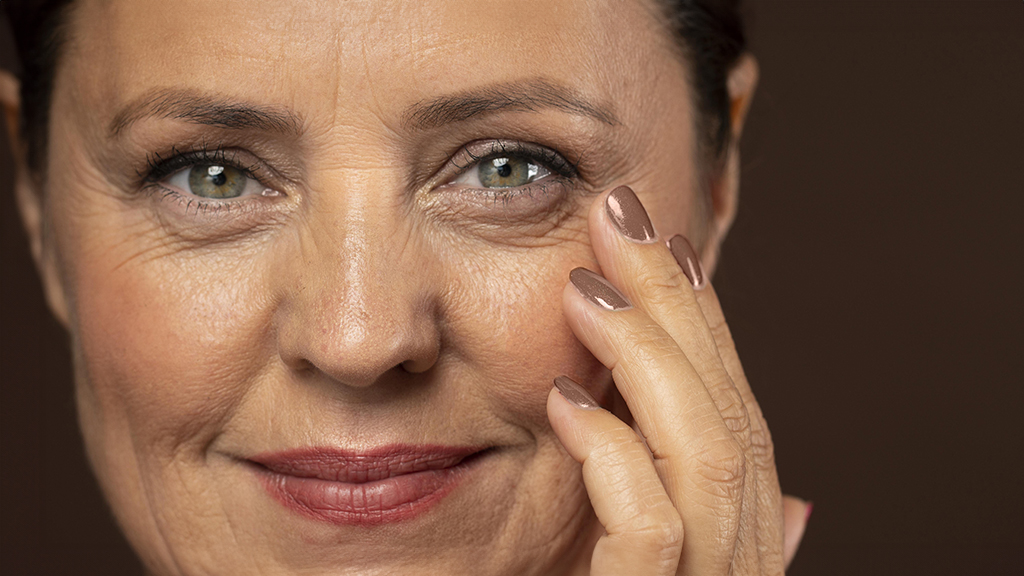Mole/Cyst Removal
Moles, skin tags, lesions and cysts are all extremely common skin abnormalities. There are so many different types of these lesions that whilst some people are untroubled by them, others prefer to have them removed – particularly if they cause irritation.
We offer two methods of removal that will give you smooth, clear skin:
- Moles, skin tags, lesions and cysts excision involving surgical removal
- Small moles / skin tags via non-surgical ablation that provides fully satisfying long-term results
The method of removal will be decided by an expert practitioner during your consultation.
The Removal Procedure
The removal procedure can be done using Non-Surgical ablation or surgical techniques.
The non-surgical ablation is used to clear skin tags and small moles. During the treatment you may feel some slight discomfort but patients generally do not experience any pain during the procedure.
The surgical excision can be applied for removing mole/ skin tag/ lesion/ cyst. The area around the unwanted mole/ skin tag/ lesion/ cyst is thoroughly cleansed, and then made clinically sterile before a local anaesthetic injection is administered around the area. In some cases, a local anaesthetic and/or sedation is needed. This will depend on the type of treatment you are having and the size, location and number of moles/ skin tags/ lesions/ cysts that need removing
When the area is completely numb, the mole/ skin tag/ lesion/ cyst will be gently removed using the appropriate surgical or electro-cautery instrument. A sterile dressing may be applied and then you will be able to go home as soon as you feel ready. Obviously every attempt will be made to minimise any scarring that occurs from mole/ skin tag/ lesion/ cyst removal. The procedure takes only between 20-40 minutes dependent upon their size and position on the body. The surgical procedure is conducted under anaesthetic, and so is painless.
If there are any concerns about the character of the mole/ lesion then it will be sent to the laboratory for histological examination.
Following the Procedure
There is seldom any pain at all either during the procedure or afterwards. The skin usually heals very quickly. You may notice some initial redness or swelling. The operation will usually leave a scar. How big and noticeable this is will depend on the precise operation. It is quite normal for a scab to develop and this will generally heal within a week or two. Any inflammation will usually disappear within a few weeks. Most scars fade significantly over the first year.
What else should I consider?
It is important to remember that most moles / skin lesions are benign (harmless). Our surgeons are expert in the field. If they have any concerns, they will suggest a histology report or mole test to check that there is nothing suspicious. You can also request this as a matter of course and we will arrange it for you to put your mind at rest.
Risks & Complications
Thousands of mole removal treatments are successfully done every year with no major problems or complications. Your plastic surgeon will explain the risks associated with each method and advise you on which treatment option is most suitable for you. Complications are very unusual, with the exception of a slightly raised or depressed surface, which soon blends with the surrounding skin.
For further information concerning the risks and complications associated with Botox®/Dysport please refer to RISKS AND COMPLICATIONS OF MOLE / SKIN LESION / LIPOMA SURGERY.
For details about procedures and treatments or for a consultation, advice and prices from our Dubai clinic please call +971 4 431 2396 or use our online form.



